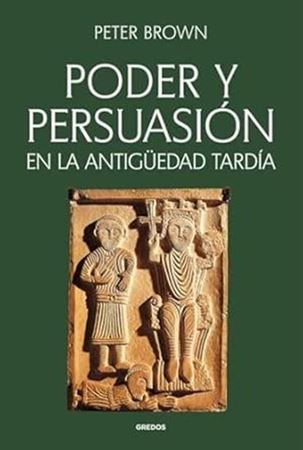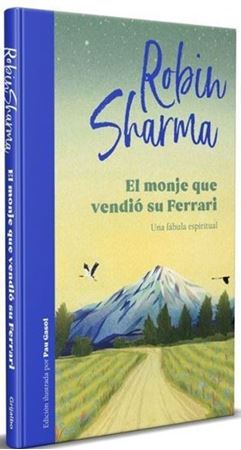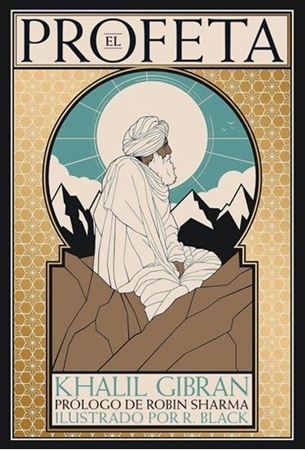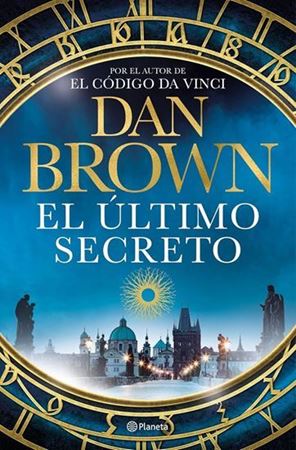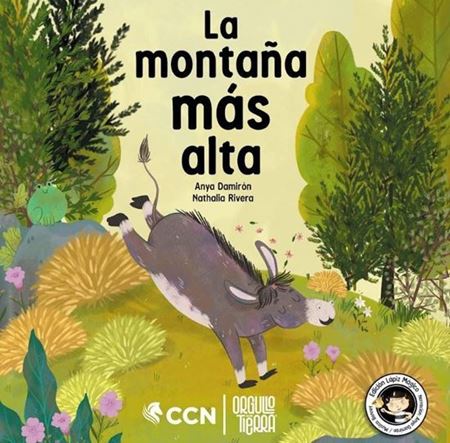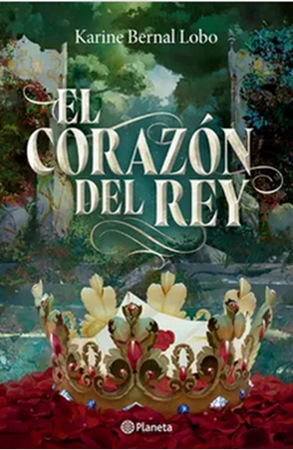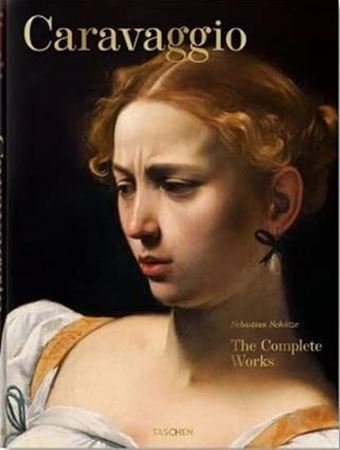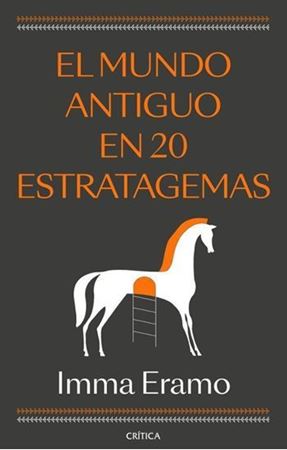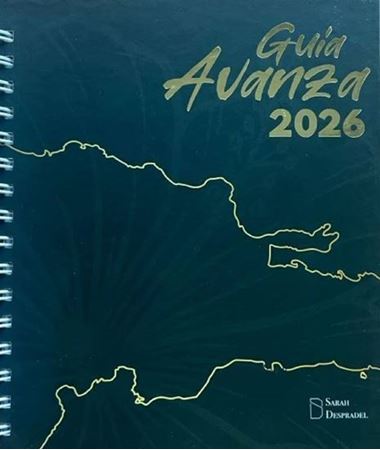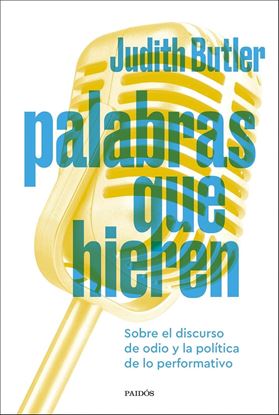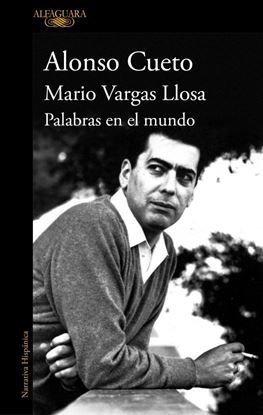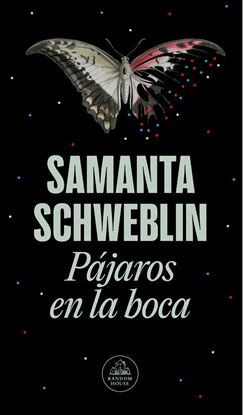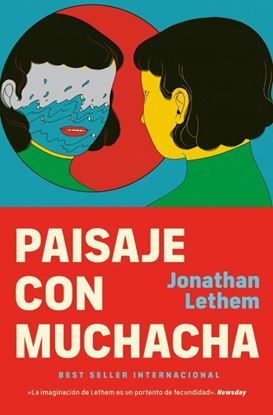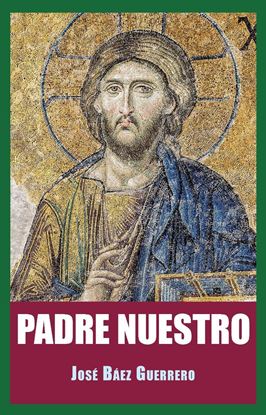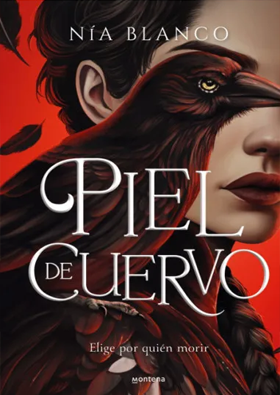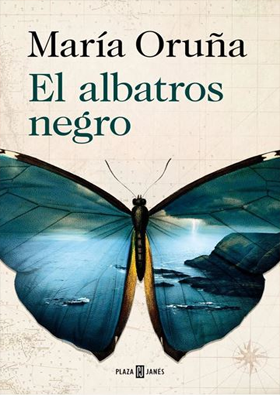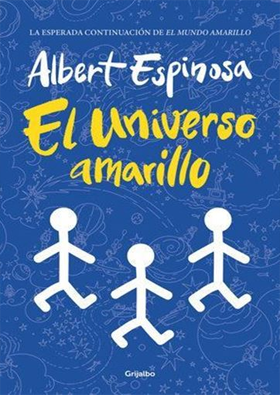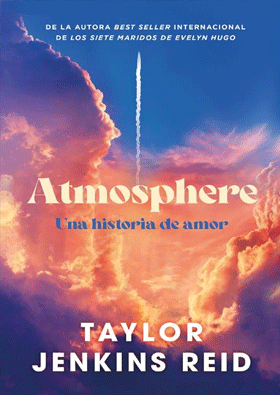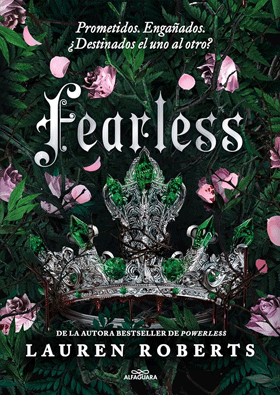

NOVEDADES
PALABRAS QUE HIEREN
Palabras que hieren ha sido reconocido universalmente como una obra magistral y uno de los libros más importantes de Judith Butler. En este análisis de los debates alrededor del discurso de odio, la pornografía y la homosexualidad, Butler sostiene que las palabras pueden herir y que la violencia lingüística es un tipo de violencia particular. También sostiene que este discurso es emocional y fluido porque sus efectos a menudo escapan al control del hablante, moldeados por la fantasía, el contexto y las estructuras de poder.
Butler insta a la cautela en el uso de la legislación para restringir y censurar la libertad de expresión, pues aunque el discurso de odio puede reforzar las estructuras de poder, también puede replicar el poder en formas que separan el lenguaje de su capacidad de causar daño. Por ejemplo, en los casos en que el lenguaje injurioso es internalizado por prácticas estéticas que buscan enfrentarse al daño y reducirlo, como ocurre en el rap y en la música popular, las palabras también pueden ser una forma de reconocimiento y usarse como réplica.
1,800
1,440
PALABRAS EN EL MUNDO
Un retrato íntimo y revelador de Mario Vargas Llosa.
Alonso Cueto nos guía en este ensayo a través de las obsesiones, los dilemas y las pasiones que definieron la obra de Mario Vargas Llosa, una de las más influyentes de la literatura contemporánea. A lo largo del libro, con el rigor de un estudio literario y la cercanía de quién conocía al autor desde la infancia, Cueto ilumina los rasgos fundamentales de su escritura: la totalidad novelesca en constante transformación, la teología del poder, la aventura subversiva, la travesía utópica, las búsquedas morales y existenciales, la influencia de la literatura francesa, el idealismo quijotesco y las técnicas narrativas que dieron forma a sus mundos ficcionales.
Este libro es un homenaje a Vargas Llosa y a su impacto en la literatura y la identidad latinoamericanas. Una invitación a redescubrir su obra desde nuevas perspectivas. Esta edición incluye, además, un dosier fotográfico que ilustra la trayectoria vital de uno de los más grandes escritores de las letras universales.
1,450
1,160
PALABRA VIVA
“Palabra Viva” es un libro con mensajes y reflexiones que edificarán tu vida, un devocional diario que pretende llevarte a tener un tiempo a solas para que te conectes con Dios y con tú verdadero propósito de vida.
Ya sea que seas nuevo en la fe o cristiano por muchos años, la intención de este libro es motivarte a que te refugies en la Palabra de Dios como la única fuente de ánimo, esperanza y corrección amorosa.
Mensajes llenos de fe que pueden ayudarte a conocer a Dios y Su Palabra, con breves devocionales que te ayudarán a centrar tu atención en las promesas del Padre para ti que a lo mejor aún no conocías, a reflexionar en ellas de una manera diferente, o simplemente recordarte lo grande que es Dios.
700
560
PAJAROS EN LA BOCA
Las historias de Samanta Schweblin obsesionan e hipnotizan, cuestionan la realidad como cada sombra y cada golpe acechándonos en las noches de insomnio. En los cuentos de Pájaros en la boca el lector deberá mirar de frente esos mundos en los que el crujido de las alas de un pájaro, una mujer abandonada en la ruta o el infierno fantasmal de un asesinato son la confirmación de que la vida puede ser tan pesadillesca como hermosa. En la huella de Raymond Carver, David Lynch y Flannery O'Connor, la escritura de Schweblin difumina con maestría la línea entre lo extraño y lo cotidiano, arrastrando al lector a un estimulante tour de force que le acelerará el pulso.
995
796
PAISAJE CON MUCHACHA (BOL)
En este libro, Lethem tuerce las formas y las convenciones de la literatura para crear una historia totalmente fuera de lo común.
La heroína es una joven de catorce años, Pella Marsh, cuya madre muere justo cuando su familia abandona un Brooklyn postapocalíptico por un planeta recientemente descubierto. Cegada por el odio a su padre, y perturbada por una atracción irresistible hacia el viril y peligroso arrendatario de la pequeña colonia planetaria, Pella participará en una carrera hacia el descubrimiento que tendrá consecuencias trágicas e irrevocables para los humanos de la comunidad, así como para los exóticos nativos.
995
796
PADRE NUESTRO
Este libro es una confesión del incesante ruego a Dios para que aumente la fe del autor, con un análisis muy personal de la oración perfecta, el Padre Nuestro, en el contexto de la evolución de la Iglesia y su propio crecimiento espiritual. Es particularmente útil para creyentes con dudas o integrantes de grupos de doce pasos.
José Báez Guerrero (Ciudad Trujillo, 1958) es abogado y periodista. Ha publicado treinta obras en los géneros de ensayo, historia, poesía, cuento y novela. Su biografía Buenaventura Báez fue libro del año y Premio FIL-León Jimenes en 2015. Guzmán, su vida, gobierno y suicidio, fue Premio Naeional de Historia en 2009. Recibió en 2018 el Premio Arzeno Brugal de la Asociación de Industrias (AIRD) por su “destacada trayectoria de vida y ético ejercicio periodístico”, entre otros reconoci- mientos. Es uno de los más influyentes lideres de opinión de la República Dominicana.
500
400


